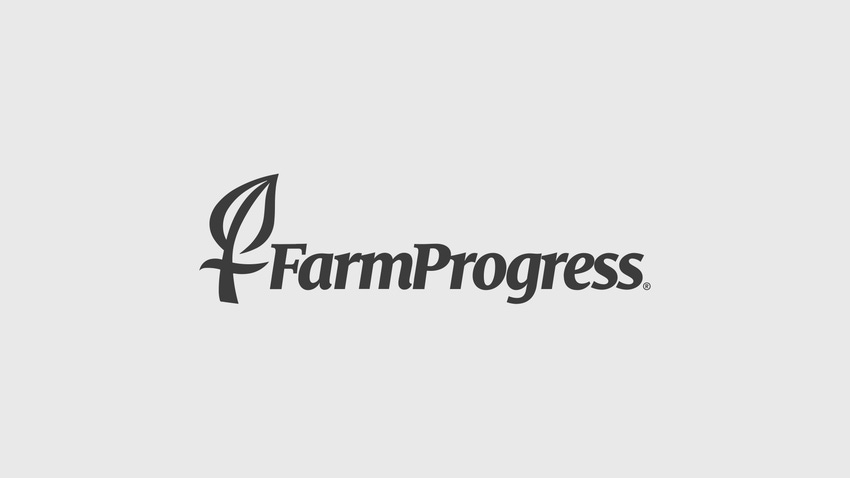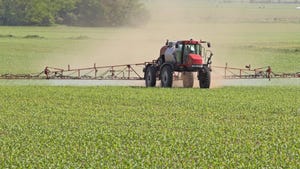May 20, 2010

The California Department of Pesticide Regulation (DPR) has extended the comment period on the proposed registration of methyl iodide to 60 days, twice the normal comment period.
The extension until June 29 was prompted by a "high degree" of public interest in the proposed decision.
DPR director Mary-Ann Warmerdam proposed registering methyl iodide earlier this month with a comprehensive set of use restrictions that are much more stringent than those required by the federal government.
The U.S. Environmental Protection Agency (U.S. EPA) registered methyl iodide in 2007 as a replacement for methyl bromide, which causes damage to ozone in the upper atmosphere. Methyl iodide does not harm the ozone layer.
According to Warmerdam, DPR scientists examined more than 175 studies on the potential health and environmental effects of methyl iodide. They paid particular attention to potential exposures of people who live, work or spend time in areas close to fields where methyl iodide might be used.
DPR's proposed methyl iodide registration takes a much more health-protective stance than U.S. EPA. For example, California's allowable exposure of 96 parts per billion (ppb) for licensed professionals who apply or handle methyl iodide will be half of what U.S. EPA allows. For others (those not handling or using methyl iodide), DPR will not allow exposures above 32 ppb averaged over 24 hours. This level is five times lower than the U.S. EPA level.
Meeting these stricter exposure standards means that DPR will impose more comprehensive controls on methyl iodide than U.S. EPA or any other state. Examples of these restrictions include:
• Larger buffer zones around all applications.
• A minimum of a half-mile buffer around schools, hospitals, nursing homes and similar sites.
• Reduced application rates and acreage that can be treated.
• Application limits to protect groundwater.
DPR also will make methyl iodide a California-restricted material, meaning users will be required to have special training and a permit from the county agricultural commissioner, who can impose added use controls tailored to the application site.
Methyl iodide, also called iodomethane, is licensed for use in 47 other states. Injected into soil before crops are planted, the fumigant spreads through the soil to kill insects, weed seeds, plant diseases and nematodes. It can be applied by drip irrigation under a special protective tarp or injected into the soil using a tractor that automatically places a tarp over the ground after application.
Methyl iodide products are made by Arysta LifeScience Corp. and sold under the brand name, Midas.
The major uses of methyl bromide in California are to treat soil where strawberries, nursery plants and nut trees are to be planted. Since U.S. EPA considers methyl iodide a feasible alternative to methyl bromide, the federal agency is expected to approve far fewer exemptions for methyl bromide in California.
You May Also Like




